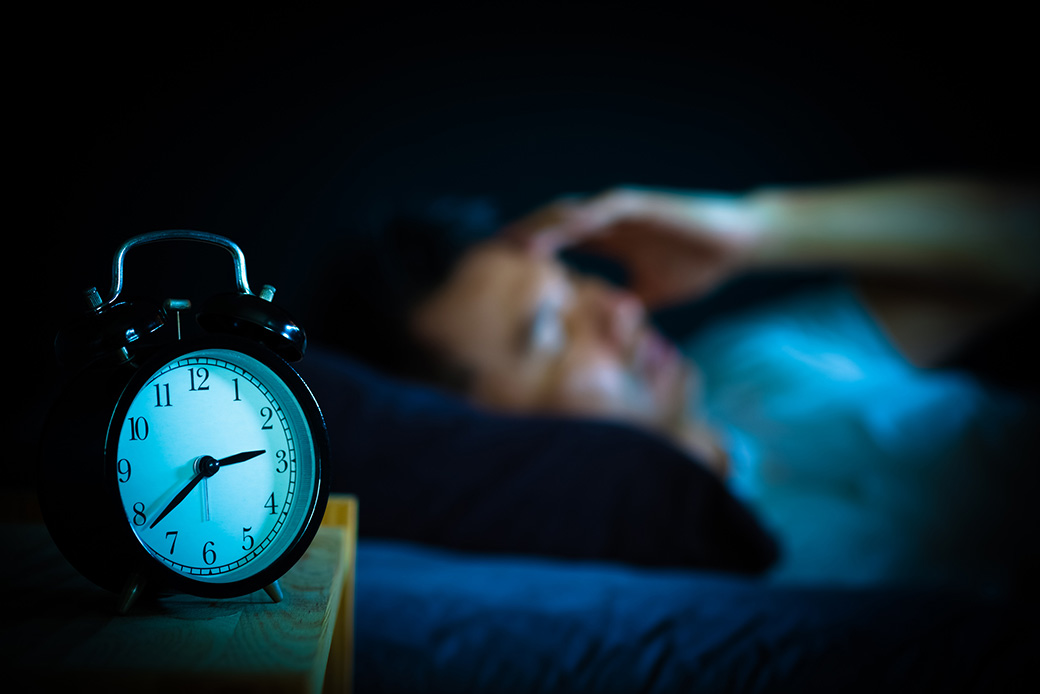It’s 3:00 AM and you are wide awake. You’ve been trying desperately to fall back asleep with no success. Your mind is racing with a list of things you need to do when you get out of bed and you try to close your eyes and will your body and mind to sleep.
Anyone who has had difficulty sleeping knows how frustrating it can be to toss and turn, trying desperately to fall asleep. But when does the occasional night of difficult sleep become insomnia?
Insomnia is defined as a sleep disorder in which a person has difficulty falling asleep or staying asleep. The condition can be short term or chronic. Up to one-third of patients presenting to a primary care appointment report ongoing difficulties with sleep.
Traditionally, physicians would often prescribe sleeping pills when patients complained of insomnia as a presenting problem. However, the American College of Physicians now recommends a treatment called Cognitive Behavioral Therapy for Insomnia (CBT-I) as the first line treatment. As trained clinical psychologists with a specialty in CBT, we have had tremendous success using CBT-I.
CBT-I targets the modification of sleep habits, scheduling factors, and misconceptions and unhelpful beliefs about sleep and insomnia. A typical course of CBT-I can be completed in 8 weeks or less. Patients are initially asked to evaluate and understand sleep habits and complete a sleep log. The major components of CBT-I include: sleep hygiene, sleep restriction, cognitive therapy, and relaxation techniques.
Sleep Hygiene
You have likely heard many of the sleep hygiene rules recommended to people having trouble sleeping. These recommendations include things like: keeping your bedroom at a comfortable temperature; using the bed only for sleep and sex; avoiding exercise, caffeine and heavy meals close to bedtime; shutting off electronics an hour or more before sleep; and avoiding naps. Patients are often asked to implement these strategies right away as a first step in CBT-I and your provider will explain in detail why they are important.
Sleep Restriction
A major component of CBT-I is sleep restriction, which is the process of limiting the time spent in bed to closer reflect the average time slept. This information is determined by the data that a patient completes in their sleep log. For example, if a person is in bed for 8 hours and only sleeps 6, then sleep restriction requires that the patient stay in bed closer to 6 hours to start. This works to get more consolidated sleep and eliminate a greater number of negative sleep cues and associations. The time in bed window is opened up slowly and with the guidance of the specialist.
Cognitive Therapy
The “C” in CBT-I refers to cognitive therapy and involves challenging unhelpful thoughts that are associated with sleep. A vicious cycle occurs when anxious thoughts, worrying and inaccurate attributions about sleep lead to continued sleep disturbance. For example, patients commonly report looking at their clock often during episodes of insomnia and calculating the number of hours left in the night before wake up time. Thoughts such as, “I’ll never be able to function if I don’t get to sleep right now” are unhelpful and heighten the state of arousal. Challenging these thoughts and modifying them with, for example, “I might be tired tomorrow, but I will be OK,” can assist in reducing sleep related anxiety.
Relaxation Techniques
Your psychologist will likely teach you a handful of relaxation techniques including progressive muscle relaxation (PMR), visualization, and diaphragmatic breathing. These skills are beneficial in helping an individual enter a more restful state and can be incorporated as practice throughout the day and especially before bed. Relaxation techniques in addition to a soothing nighttime routine have shown to improve ability to fall asleep.
If you are suffering from insomnia and wish to seek a first line treatment without sleeping pills, CBT-I might be right for you. This treatment can be done working with a trained provider (usually a licensed psychologist) in person or by tele-health. Now, let’s help you get back to restful sleep!

